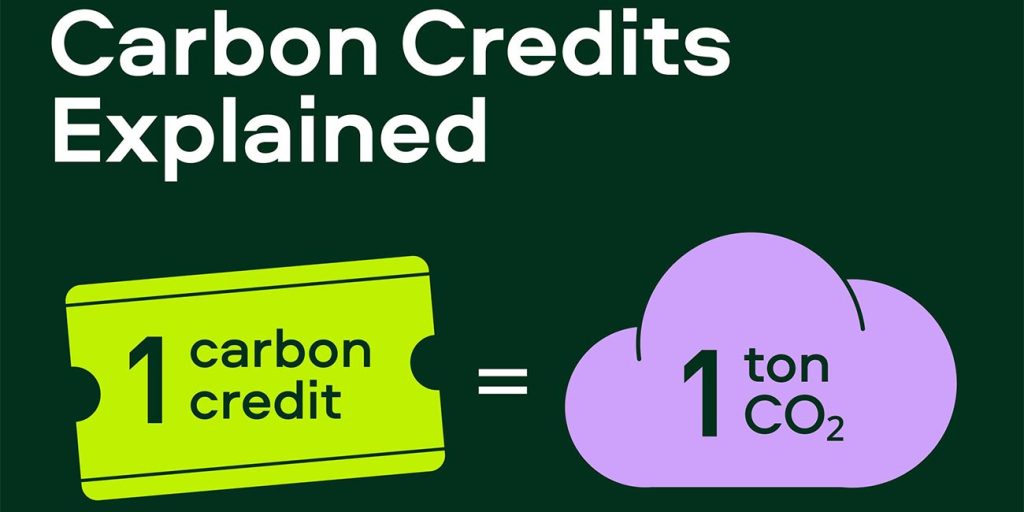Biochar, a carbon-rich product of biomass pyrolysis, has emerged as a promising solution for sustainable soil management and carbon sequestration. Here’s a detailed exploration of how biochar pyrolysis equipment ensures the production of biochar that meets carbon credit standards. Here Beston Group introduces the internal relationship for you.
Understanding Biochar and Carbon Credits
Biochar is produced by the pyrolysis/carbonization machine, where biomass such as agricultural residues, wood chips, or organic waste undergoes thermal decomposition in the absence of oxygen. This process not only converts biomass into biochar but also yields valuable by-products like syngas and bio-oil.
Carbon credits, on the other hand, are a tradable commodity representing a unit of greenhouse gas (GHG) emissions reduced or sequestered from the atmosphere. Biochar production can qualify for carbon credits by sequestering carbon in a stable form for an extended period, thereby mitigating climate change impacts.

Key Factors Ensuring Biochar Meets Carbon Credit Standards
- Feedstock Selection: The quality and type of biomass used significantly influence biochar properties. High-carbon content feedstocks such as hardwoods or nut shells are preferred for producing biochar with high carbon sequestration potential.
- Pyrolysis Temperature and Residence Time: Controlled pyrolysis conditions are crucial. Temperatures typically range from 400°C to 800°C, depending on feedstock and desired biochar properties. Longer residence times promote greater carbon stabilization in biochar.
- Oxygen Limitation: Biomass pyrolysis equipment ensures minimal oxygen exposure during the process to prevent combustion and maximize carbon retention in biochar.
- Post-Treatment and Activation: Post-pyrolysis treatments like activation with steam or chemical processes can enhance biochar’s surface area and porosity, improving its ability to sequester carbon and support soil health.
- Quality Standards Compliance: Biochar intended for carbon credits must meet specific quality standards, including minimum carbon content and absence of contaminants that could affect soil or air quality.
Environmental and Economic Benefits
- Climate Mitigation: Biochar sequesters carbon that would otherwise be released into the atmosphere as CO2, contributing to climate change mitigation efforts.
- Soil Health Improvement: Biochar enhances soil fertility, water retention, and nutrient availability, promoting sustainable agriculture practices.
- Economic Opportunities: Generating carbon credits through biochar production can create revenue streams for farmers and landowners, incentivizing sustainable land management practices.
Conclusion
Biochar produced by advanced biochar making machine plays a pivotal role in achieving carbon credit standards by sequestering carbon in a stable form and enhancing soil health. As technologies evolve, the integration of biochar into climate change mitigation strategies continues to expand, highlighting its potential in fostering a sustainable and resilient future.
By adhering to stringent production methods and quality standards, biochar pyrolysis equipment enables the production of biochar that not only meets but exceeds carbon credit requirements, driving environmental stewardship and economic viability simultaneously.